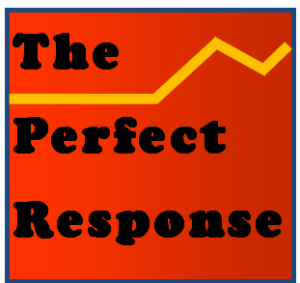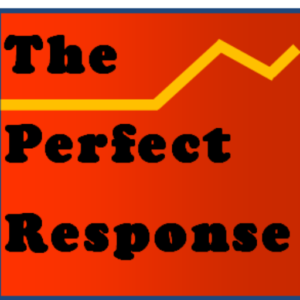Young scholars will have to decide if they want to risk their academic careers in states where politicians are happy to be at war with the traditions of a liberal education.
Academic Freedom is under threat in a number of states, most notably in Florida. A person only needs to look as far as a recent gathering of the reconstituted Board of Trustees at New College, a small public liberal arts campus in Sarasota. Recently, and in just a few seconds, the conventions of shared governance with the faculty and administration were trashed.
The video of the trustee meeting that resulted in a barrage of dismissals is a heartbreaker: the equivalent of vandals ransacking a gallery of carefully curated paintings. The names of five scholars were proposed to the board for tenure: the most momentous event in an academic’s work history. All were summarily rejected, in spite of the support of their Department and their disciplinary counterparts from other campuses. Those who saw their careers ransacked in an instant came from the fields of oceanography, chemistry, Latin American Studies and music. In seconds, and with no debate, the life-altering decision that they prepared for over decades was rendered. They did not achieve the vote of confidence that at most universities is pro-forma at this stage. A Board’s vote is normally the final step of a rigorous peer-review process after exhausting years of individual preparation.
A tenured position is the most significant hurdle for a scholar set on making their mark in a chosen field. Tenure at a reputable school requires years of research or writing, and usually a clear record of achievement in the classroom. An individual professor reaches this decision point usually between the ages of 30 and 40. It is the single best shot at a full career: a knife edge decision-point that is the stuff of nightmares and dreams. Many who fail to secure tenure are looking at a lifetime on the margins of academic life, with too little time for research and too many large classes to manage. Without tenure, limited contracts are offered, usually without the chance to become a meaningful force in the life of their department.
The newly reconstituted New College Board was chosen by a governor known to be intent on punishing the College for its reputation as a progressive bastion. That explains why the President was fired and the campus diversity office was closed. It has since become clear that an obscure religious school in Michigan is to be the model for New College. Like it or not, the school’s faculty have found that they are suddenly on a train that has left the main line for a sidetrack headed into the backwoods of nativist thinking.
It is good to remember that tenure is given to academics to allow them to pursue their chosen scholarship without pressure from college and departmental bureaucracies. When working properly, it should be enough to defeat attempts to silence teachers with the kinds of gag orders favored in Florida. In the same way, tenure at least indirectly protects students who can expect an expanded horizon of ideas to be explored.
Popular narratives like to poke at tenure as a license for faculty laziness. And it happens. But it is rare for a senior scholar or a master teacher to lose interest in what they worked so hard to achieve.
What is at risk in states where legislators and governors are looking for ways to create political mischief? More faculty will be shunned by newly enfranchised and anti-intellectual board members, many of whom have their eyes on traditional liberal arts departments. History, English, Philosophy, and Music: are among the seven liberal arts that have made up the core university curriculum since antiquity. But they are not safe if legislators want universities to abandon ideas and turn themselves into trade schools.
Institutions that used to be the pride of specific states will have to guard against direct interference. Their many stakeholders will also need to push back. And young scholars must decide if they want to risk their years of academic training in states where non-expert politicians are happy to be at war with the canons and traditions of a liberal education.
![]()


 [My confidence in 2015 that we have nothing to fear from Artificial Intelligence may look distinctly antique in light of the warnings now coming from A.I. researchers. Even Elon Musk is calling for a moratorium in the implementation of dense generative language systems that can replicate the words, sounds and images of humans. Maybe the confidence expressed in the piece below is a tad high. And my examples are dated. But let me take a minority view and argue that most of the claims made below still hold. We can now surely pass off good fakes. Humans have always had a knack for that. But it remains true that machines and software lack a self. What is essential to the human experience is our natural impulse to interpret others. This capacity has no meaningful counterpart in machine-generated language; machines lack the features of human character that always give our thoughts tendencies. We are interpreters more than recorders of our world.
[My confidence in 2015 that we have nothing to fear from Artificial Intelligence may look distinctly antique in light of the warnings now coming from A.I. researchers. Even Elon Musk is calling for a moratorium in the implementation of dense generative language systems that can replicate the words, sounds and images of humans. Maybe the confidence expressed in the piece below is a tad high. And my examples are dated. But let me take a minority view and argue that most of the claims made below still hold. We can now surely pass off good fakes. Humans have always had a knack for that. But it remains true that machines and software lack a self. What is essential to the human experience is our natural impulse to interpret others. This capacity has no meaningful counterpart in machine-generated language; machines lack the features of human character that always give our thoughts tendencies. We are interpreters more than recorders of our world.
